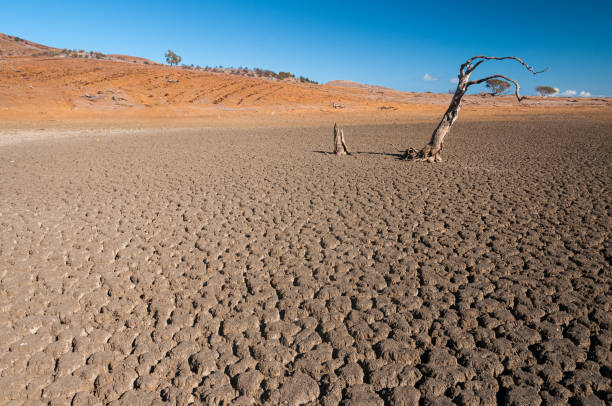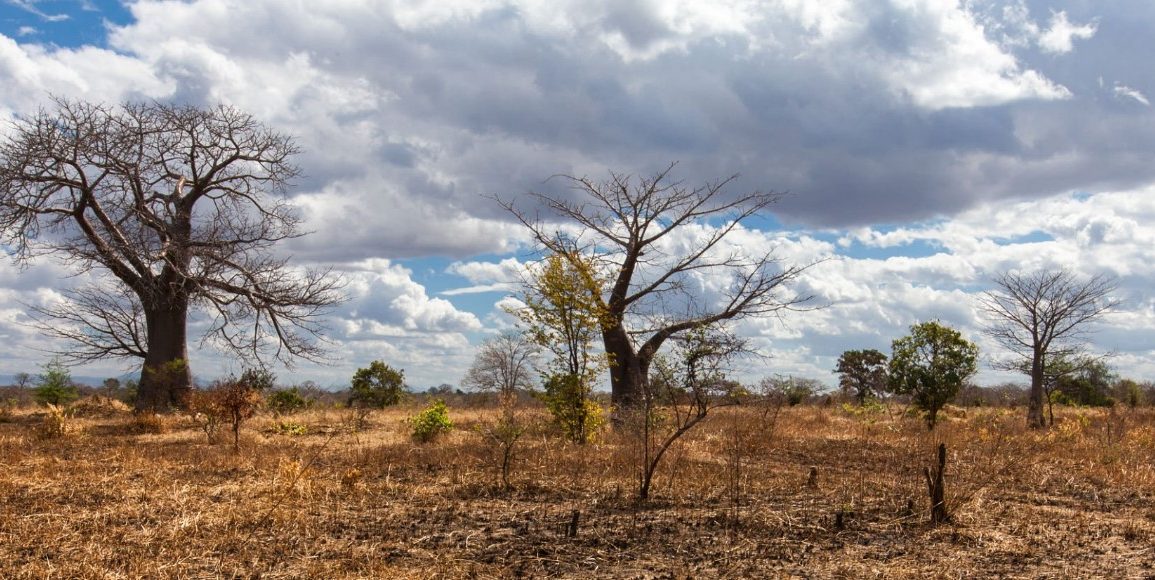As the El Niño climate pattern intensifies from mid-2023 to mid-2024, global temperatures have surged to record highs for 12 consecutive months.
This powerful El Niño event is significantly contributing to extreme weather phenomena worldwide, including severe heatwaves, floods, and droughts.
A recent study published on September 25 in the journal Nature by a team of climate scientists from the University of Colorado Boulder indicates that if greenhouse gas emissions continue to rise, we may face an increase in the frequency of extreme El Niño events by 2050.
Pedro DiNezio, a co-lead author of the study, warns, “If these extreme events become more frequent, society may not have enough time to recover, rebuild, and adapt before the next El Niño strikes. The consequences would be devastating.”

El Niño occurs when ocean temperatures in the Pacific rise by at least 0.9°F above average, significantly altering wind patterns and ocean currents.
A temperature increase of 3.6°F is classified as an extreme El Niño event. Historically, these extreme events have led to severe impacts on global weather, as seen during the catastrophic winter of 1997-98, which brought record rainfall to California and caused landslides, as well as the loss of 15% of the planet’s coral reefs.
The study utilized a computer model to simulate El Niño events over the past 21,000 years, revealing a troubling trend: as the planet warms, extreme El Niño occurrences have become more frequent.
DiNezio emphasizes the importance of reducing greenhouse gas emissions and improving community resilience to mitigate future extreme weather events.
“We now understand how these extreme events happen, and we just need the will to reduce our reliance on fossil fuels,” he said, stressing the urgent need to limit global warming to 1.5°C to avoid catastrophic climate impacts.

